The Dell XPS 13 (9300) Review: Return of the King
by Brett Howse on July 16, 2020 10:00 AM ESTWireless
Dell offers two wireless radio options for the XPS 13, and both are Killer-branded. The default wireless card is the Killer Wi-Fi 6 AX1650, which is a 2x2:2 wireless solution based on the excellent Intel AX200. If somehow you missed it, Intel recently acquired Rivet Networks, so the Killer brand should continue to provide the performance and stability of the Intel adapters for the foreseeable future. Dell also lists a second Killer AX500 Wi-Fi 6 option, but this Killer product is based on the Qualcomm 6390 Wi-Fi 6 chipset. Since Killer has been acquired, that part may not be around for much longer. Our review unit features the Intel-based AX1650.
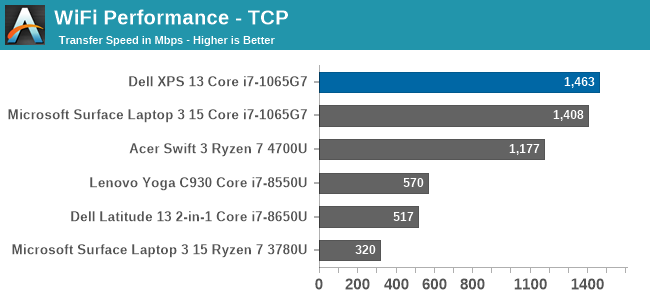
Performance is simply fantastic, and ever since Killer was able to base their network cards on Intel wireless, the stability concerns appear to be a forgotten memory. There was not a single time that the laptop had any issues with its network connection during any of the testing. That was certainly not the case on some of the older Qualcomm-based Killer products.
Audio
Dell offers Waves MaxxAudio Pro stereo speakers, at 2.5 Watts peak each, which are outfitted on the bottom of the laptops right on the edge of the device.
Sound quality is a bit on the tinny side, with not a lot of low end at all. The speaker setup does get quite loud though, with 83 dB(A) measured one inch over the trackpad at maximum volume. There was little to no distortion at peak volume either.
The dual-microphone array is found on the very top of the bezel, which would allow it to work with the device closed. It is a great way to hide the holes, with only the 2.25 mm 720p webcam showing in the bezel itself.
Thermals
Dell outfits the XPS 13 with dual fans and a single heatpipe to cool the 15-Watt Thermal Design Power of the Core processor under the hood. They have added hidden exhaust vents in the hinge, to allow more airflow without compromising the looks. There is also a layer of GORE thermal insulation under the keyboard, which helps keep that portion cool to the touch even under load.
To see how the XPS 13 performs under load, it was run at 100% for an extended period while monitoring the device.
This graph tells an interesting story, unlike most laptops we see. First, Dell has gone absolutely crazy with the PL2 level on the XPS 13, with a peak measurement of a whopping 42 Watts. But, that is not sustainable in a 13-inch laptop, and the CPU throttles in PL2 until it reaches the PL1 limit, which is right at 15 Watts in the XPS 13’s most performant mode. Most of the notebooks we have tested tend to allow a PL1 level above this, with maybe 20-21 Watts as a constant, but Dell clamps to 15 Watts, then spikes back up when the thermals allow, so we see this see-saw effect of the device running between 15 and 30 Watts. This is similar to how the XPS 13 2-in-1 behaved, and it would be nice to see the company address this with a more consistent power delivery under sustained load.
Over the duration of the test, the device averaged 18 Watts of draw, with an average CPU temperature of 80°C, with the four cores running at 2100 MHz. During this extended run, the noise level was very restrained, only hitting around 44 dB(A) measured about one inch over the trackpad. The GORE thermal insulation also did its job, with the keyboard deck remaining cool.
Software
Dell’s included software suite is a very polished set of applications, allowing the user to quickly get the device set up, adjusted, and of course, contact support. As with most manufacturers, they include a utility to get the latest updates, called Dell Update, and that includes some maintenance utilities as well.
Dell’s Power Manager software allows you to change the power profile, as well as adjust the battery charging. The Thermal Management tab allows you to pick a fan and CPU profile, or leave it as the default Optimzed setting which works well for most scenarios.
Dell offers a plethora of battery options to maintain and extend the life of the battery. Out of the box, it comes in an “Adaptive” setting which learns your usage patterns and tries to keep the battery at a good state of charge, but you can override that to keep the battery always at 100% charge in case you need it, or if you mostly use it on AC you can set it to keep the battery to a lower level of charge to prolong its life.
The days of laptops being saddles with an almost unending array of shareware and trial software seem to be mostly over, and even though Dell included Norton with the XPS 13, it can easily be removed if necessary.


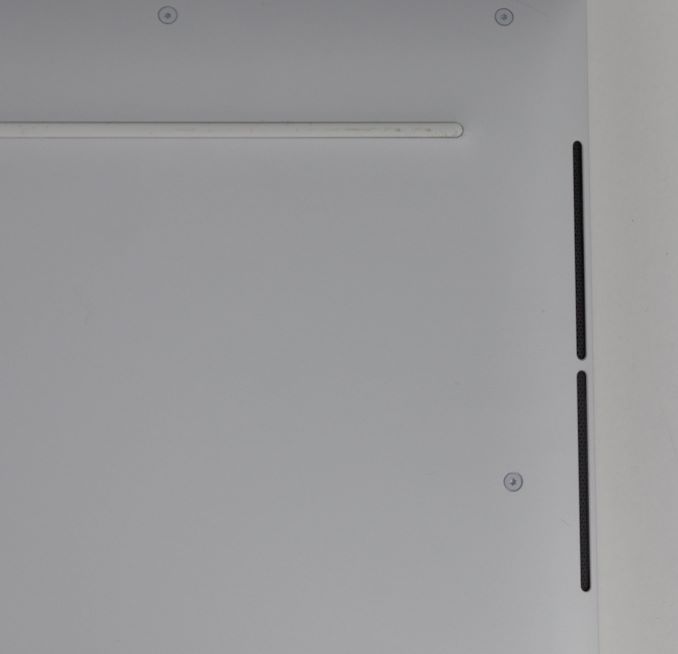
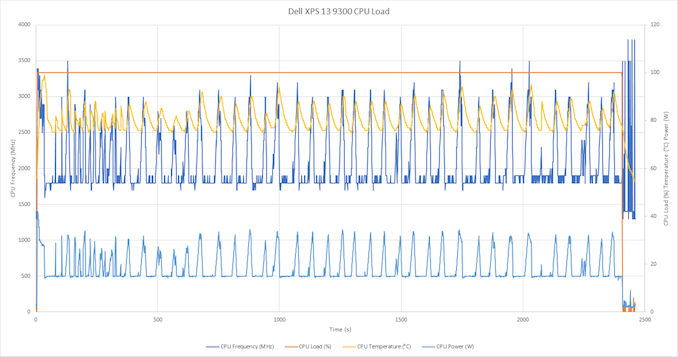
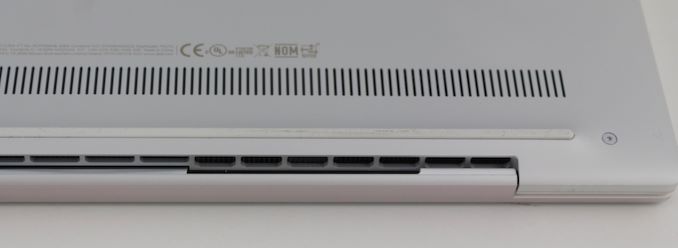

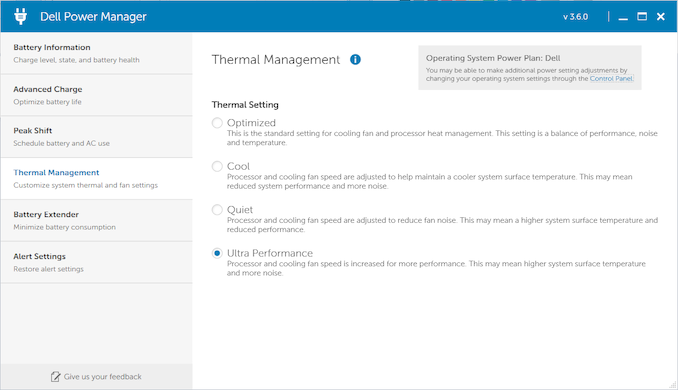
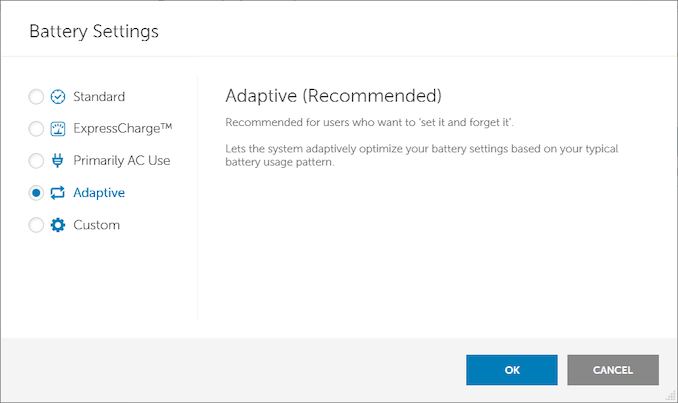








224 Comments
View All Comments
Deicidium369 - Friday, July 17, 2020 - link
Leaks from Lenovo show Tiger Lake Core i7-1165G7 (not even the top end part) obviously besting the ancient Vega (AMD's choice) and equaling the MX350 - and with only 4 cores only being outran by 17% - double the cores for 17% lead - and when you factor in the flagging GPU - what's the Renoir's advantage again?gescom - Friday, July 17, 2020 - link
Huh, let's wait for amd 5x00 cezanne, shall we?Deicidium369 - Friday, July 17, 2020 - link
Ice Lake is almost a year old. Comparing the latest AMD with an almost year old design should be a win for the newer part. the most appropriate comparison is 2020 vs 2020. That would be Tiger Lakegescom - Friday, July 17, 2020 - link
Tiger Lake Q4 2020 vsamd cezanne Q1 2021.
s.yu - Saturday, July 18, 2020 - link
You think it's the effort? So they haven't been putting all their effort into 10nm?...ok?
Spunjji - Friday, July 17, 2020 - link
As always for a Deicidium post about AMD, Lots Of Citations Needed."Problem with AMD is they are still trying to get Skylake levels of performance"
- They already matched that clock-for-clock with Raven Ridge (at lower clocks, hence lower overall performance), and they have now exceeded it with Renoir.
"Intel has well moved on from that architecture"
- Not really. I'd accept this if they had Sunny Cove or better across most of their range, but they absolutely do not - not even in notebooks, let alone the entire market.
Tiger Lake looks like it'll be a good release, when it arrives in quantity. Problem is that we're talking about today, not Jam Tomorrow.
Santoval - Friday, July 17, 2020 - link
It is still unclear if Tiger Lake will be a high volume release or a low volume release that will need to be released along perhaps Rocket Lake-U/Y, rehashing the way Ice Lake was released along with Comet Lake-U/Y. It should be higher volume than Ice Lake but maybe not high enough to fully supply the U/Y market on its own.Deicidium369 - Friday, July 17, 2020 - link
Well Ice Lake shipped in greater numbers than all of the Ryzen Mobile - so high volume is a relative term. Ice Lake was going to be low volume and relatively niche. Tiger Lake is high volume (not high volume like the Ice Lake SP Xeon) compared to Ice Lake U.I was surprised to see the 1065G7 in an Inspiron class machine at Dell - I had thought it was only the XPS class machines.
Spunjji - Monday, July 20, 2020 - link
@Deicidium - Of course it shipped in greater numbers than Ryzen Mobile! Intel are ~35X the size of AMD - you'd kind of hope they'd be shipping products in larger absolute numbers. I was talking about Sunny Cove as a proportion of Intel's product range, and I was pretty damn clear about that. It's telling that you flipped metrics under discussion to suit your argument."Ice Lake was going to be low volume and relatively niche" - says who? Why? To what end? You're pointing to the results of a sub-par product launch (by Intel's historically high standards) and claiming it was the plan all along. It's just like the AMD fanbois who used to laud the FX 9590's 5Ghz clock speed as if it was an achievement, rather than the best they could salvage from what they had.
You said Intel have "moved on" from Skylake. That's untrue and will remain the case until Rocket Lake, Ice Lake SP and Tiger Lake are out. At that point in time (and not before) Intel will be fully competitive in all areas on a technical level. I'm genuinely interested to see how Sunny Cove on 14nm looks - there's no reason to believe it won't be solidly competitive with AMD on performance, but power draw and die size might not be quite so flattering.
Santoval - Friday, July 17, 2020 - link
"Problem with AMD is they are still trying to get Skylake levels of performance, but Intel has well moved on from that architecture. Intel is solid as they come in ultralights/ultrabooks."That's a very bizarre statement for quite a few reasons :
1. AMD are not targeting Skylake performance levels. When they designed the original Zen they had in mind Cannon Lake - level performance (Intel semi-released a single semi-disabled Cannon Lake 2-core Core i3 in low volume and now they trying to pretend they never did) and when they designed Zen 2 (according to CTO Mark Papermaster) they were targeting it against Ice Lake - not knowing it would be limited to 4-core low power parts. AMD never had Skylake in mind because they never expected Intel would be stuck so many years with it.
2. Intel have not "well" moved on from Skylake at all. They *just* did, at the beginning of the year (still in low volume, hence the dual release with Comet Lake-U/Y, which was the bulk of the release), with low power 4-core mobile parts and they are *still* stuck with it in the form of Comet Lake. Until Comet Lake is replaced by Rocket Lake Intel are still stuck with Skylake, still fabbing and releasing CPUs with an μarch they have been using, reusing and re-reusing and re-re-reusing since 2015. In which parallel universe would that be regarded as "well moved on from that architecture"?